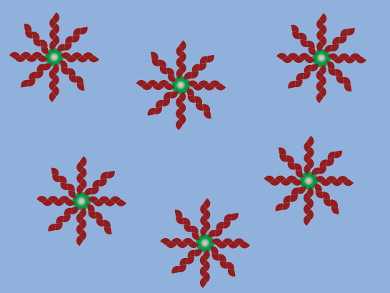A dispersed nanocatalyst for use in residue hydrocracking, which maximizes the production of useful fuels and feedstocks from crude oil, could avoid the deactivation caused by pore plugging of supported catalysts. However, small nanocatalysts tend to aggregate under harsh reaction conditions, such as high temperature and pressure, because of their high surface energy.
To address this problem, Dong Liu, China University of Petroleum, Qingdao, China, and colleagues have developed stable nickel sulfide nanoparticles (NSNPs) modified with oleic acid and 1-dodecanethiol on the nickel atoms. The NSNPs were synthesized by a reverse microemulsion route and subsequently modified by oleic acid and 1-dodecanethiol to replace the adsorbed surfactant on the surface of the NSNPs.
The modified NSNPs showed high dispersion stability and excellent catalytic activity for residue hydrocracking. The researchers found that, unlike adsorption by electrostatic attraction between surfactant and NSNPs, oleic acid and 1-dodecanethiol firmly adsorb on the surface of NSNPs through a chemisorption pathway and a stable dispersion of NSNPs is maintained during residue hydrocracking. Future efforts will be focused on the effect of ligands on nanocatalyst diffusion in heavy oil colloidal systems.
- Surface Modification of Nickel Sulfide Nanoparticles: Towards Stable Ultra-Dispersed Nanocatalysts for Residue Hydrocracking ,
Hui Du, Dong Liu, Hao Wu, Wei Xia, Xiaodong Zhang, Zhaojun Chen, Yongjiu Liu, Hualong Liu,
ChemCatChem 2016.
DOI: 10.1002/cctc.201600092




